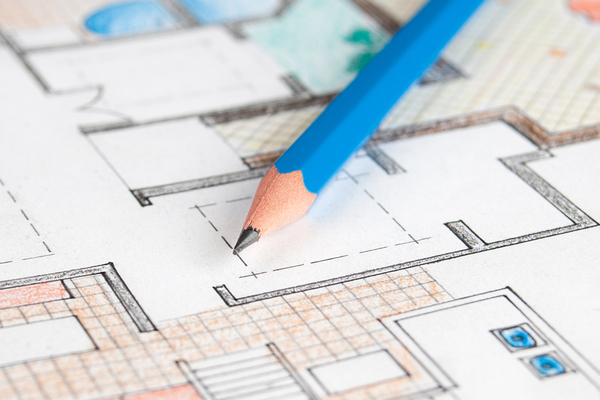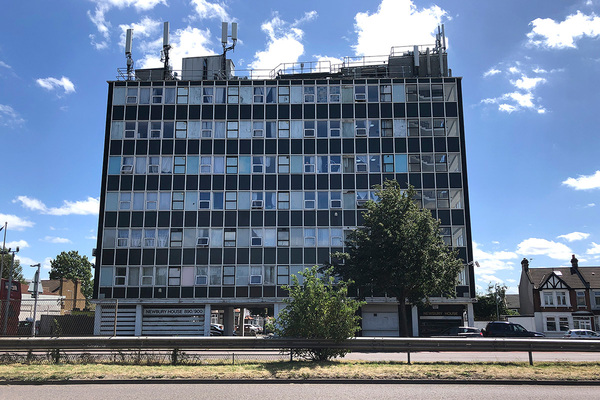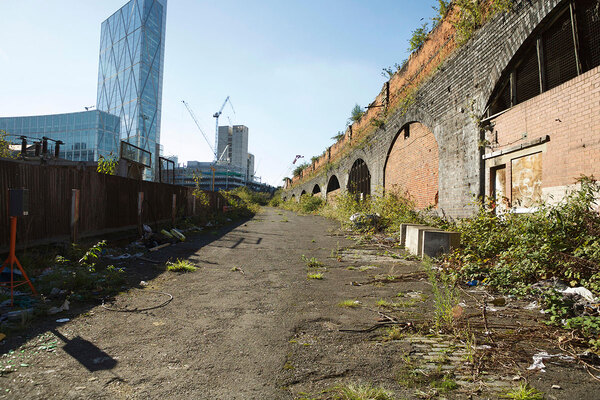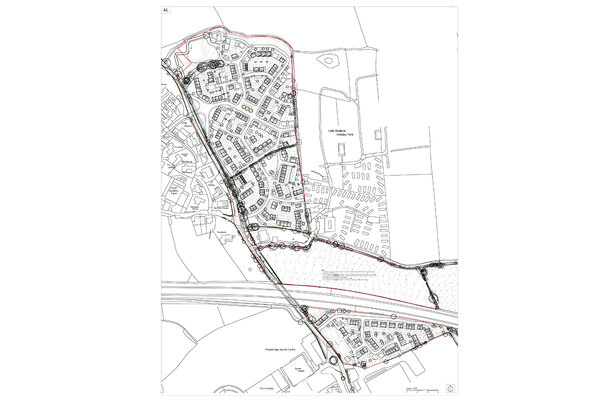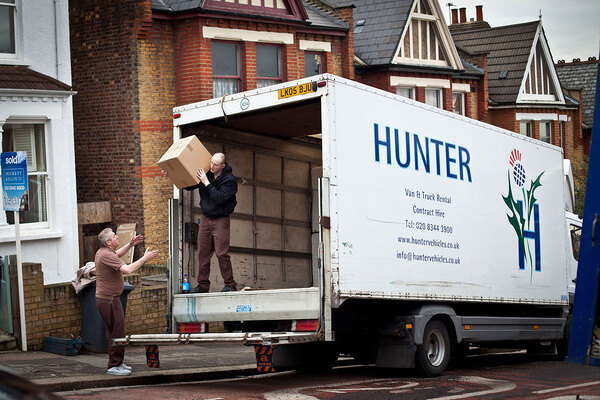You are viewing 1 of your 1 free articles

Better housing standards must be one of the positives from COVID-19
The pandemic has thrown into sharp focus the debate around housing standards. The tools to tackle the issue are there and now is the time for action, argues Katja Stille
It’s not just on the health front that the current pandemic has exposed the inequalities within our society. For those of us lucky enough to be working from home, the contrast has been clear during video meetings: those with expansive spaces looking onto gardens contrasting unfavourably with others sitting at the edge of their beds in cramped box rooms.
What is more concerning is the thought of those who are not on these calls at all.
The debate around movement, walking and cycling, and air quality has been very public, but the shortcomings of our homes has been less discussed.
Well before lockdown Shelter identified that around three in 10 people in the UK live in “bad housing”. Places that are “damp, infested, cold, or in a bad state of repair”, affected by neighbourhood factors including “access to amenities, green space, places to play and environmental pollution” and social/psychological factors.
Lockdown has brought this situation into sharper focus and in some cases housing has contributed to an increase in transmission rates, for example as a result of overcrowding.
Some knee-jerk responses have called for more suburban developments to mitigate risks from COVID-19, backed up by estate agents who point to more people wanting to leave cities.
But a study recently published in the Journal of the American Planning Association – Does Density Aggravate the COVID-19 Pandemic? – found that housing density levels are not an indicator for increased infections. Elsewhere it has been discussed that new housing developments, particularly those that standalone, have higher rates of loneliness and depression.
We need the middle ground: compact neighbourhoods with the right balance between density and open space and appropriately sized and designed homes for less car usage, active travel opportunities and the ability for safe human interaction.
The Building Better, Building Beautiful Commission report and the Place Alliance’s Place Value & the Ladder of Place Quality report have shown that living in compact environments with gentle density is better both for the environment and for mental well-being and health.
An appropriate amount of space together with a smarter layout means that people can occupy their homes flexibly. While opening plan living can be a trial when residents compete for working, schooling and leisure space, homes should still be valued not by the number of bedrooms but by floor area and design quality.
“We need the middle ground: compact neighbourhoods with the right balance between density and open space and appropriately sized and designed homes for less car usage, active travel opportunities and the ability for safe human interaction”
Providing better homes also makes economic sense – from improved learning outcomes for children to increased productivity for working adults – as well as boosting well-being levels at a time when that too is under pressure.
Context is also important. Good housing needs to be anchored in suitable neighbourhoods. We can no longer make excuses for poorly located developments on the basis that homes are for sleep and nothing else.
Developments without public, private and communal open spaces, attractive streets and local facilities fail our communities.
This debate might not be new, but the current crisis brings a new sense of urgency to the situation.
Once we look at the right research and analysis, the answer is simpler than many people realise. We already have the tools, but now we need to use them.
The existing National Space Standards and the Housing Design Guide, in combination with Manual for the Streets (MfS) II guidance will help us achieve high-quality, compact new neighbourhoods that put people first.
The government should make National Space Standards mandatory and they should be decoupled from viability tests – in effect the London Housing Design Guide should be rolled out across the country.
“Developments without public, private and communal open spaces, attractive streets and local facilities fail our communities”
Mandatory standards also create a level playing field for developers and help to make the planning process more streamlined.
During lockdown, the government intervened to prevent tenants being forced out of their homes. Let’s build on that and provide long-term protection, prevent overcrowding, and regulate the rental sector to provide fair rents, security, and an adequate standard of homes.
Finally – and following recent announcements – we are not alone in saying that permitted development rights fly in the face of good design and must be retracted to allow the planning system to properly regulate the quality of our homes.
Improving existing homes and neighbourhoods and addressing the affordability gap is paramount to fixing the disparity we have seem so clearly during lockdown.
Some good must come of the current situation and, with housing standards, we are already close to making a real difference.
Katja Stille, director, Tibbalds Planning and Urban Design
